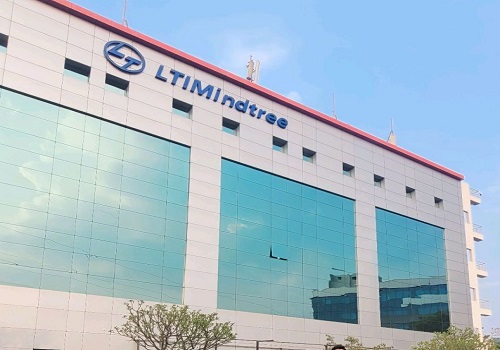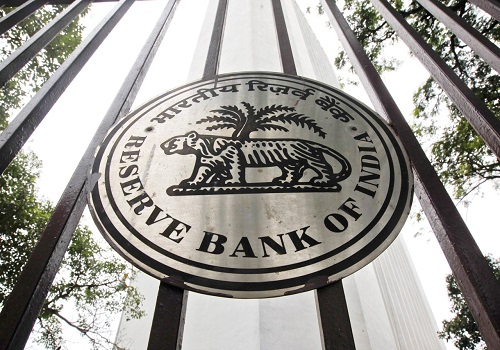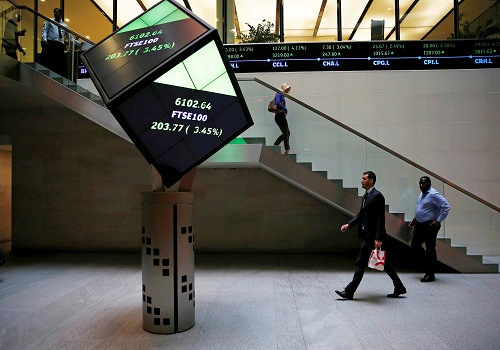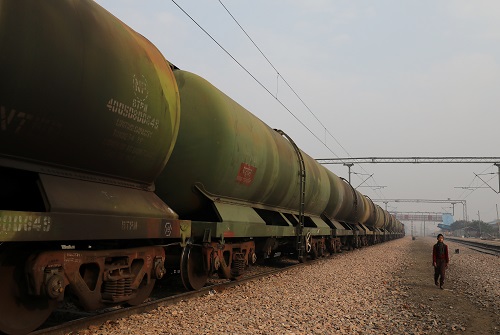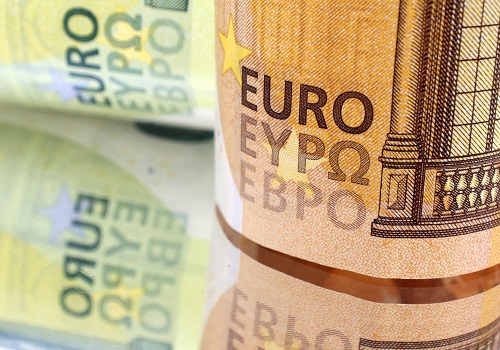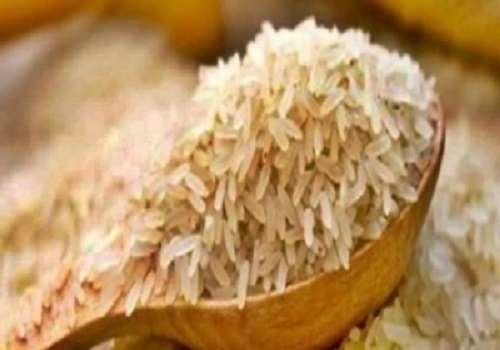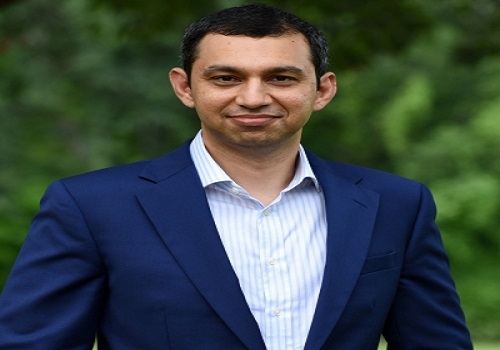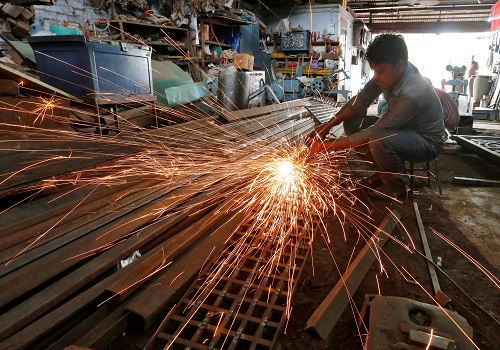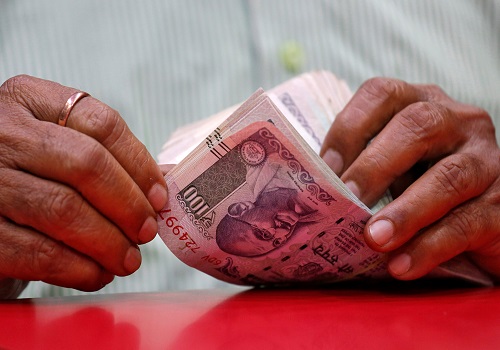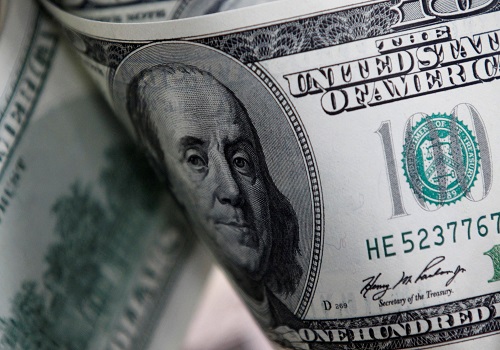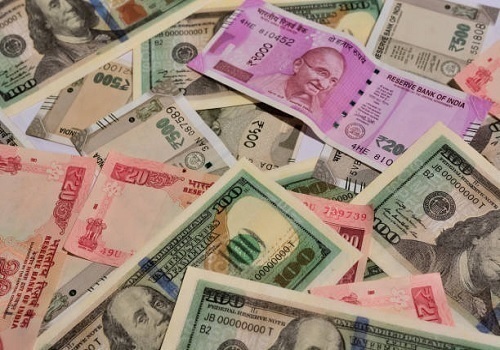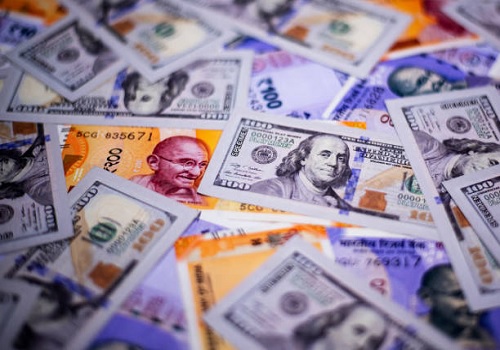India`s Q3 current account deficit likely shot up on widening trade gap
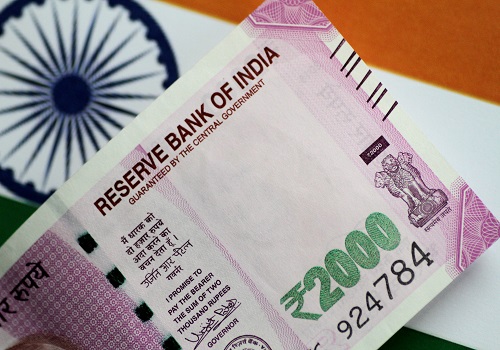
Follow us Now on Telegram ! Get daily 10 - 12 important updates on Business, Finance and Investment. Join our Telegram Channel
https://t.me/InvestmentGuruIndiacom
Download Telegram App before Joining the Channel
India's current account deficit likely rose to its highest in nearly a decade in the July-September quarter as elevated commodity prices and a weak rupee stretched the trade gap even further, a Reuters poll of economists found.
A revival in domestic demand in Asia's third-largest economy since the COVID-19 pandemic has also compounded the shortfall through higher imports, while at the same time exports to a weakening global economy shrank to a 20-month low in October.
The median forecast of 18 economists in a Dec. 5-14 Reuters poll was for a $35.5 billion current account deficit in the July-September quarter, or 4.3% of gross domestic product (GDP), the most in nearly a decade.
Forecasts ranged from $24.5-$40.0 billion, or 3.3%-4.7% of GDP. For the April-June quarter, the deficit was $23.9 billion, about 2.8% of GDP.
"As India continues to perform well, demand for non-oil imports will continue to increase while the global slowdown affects demand for exports," wrote Madan Sabnavis, chief economist at Bank of Baroda, who had one of the more optimistic forecasts at just 3.3% of GDP.
"The problem this time with a (global) recession is that even demand for software services tends to decrease. This is why the issue is a little more serious."
With the central bank nearing the end of its rate hike cycle the Indian rupee, down over 10% this year, is not expected to regain its losses anytime soon.
According to a separate Reuters poll looking at the longer-term view, the current account deficit was expected to average 3.2% of GDP this fiscal year before shrinking to 2.6% next.
"We do not expect the external outlook to be as challenging next year as in 2022," wrote Kaushik Das, India and South Asia chief economist at Deutsche Bank.
"But the jury is out on this, as higher-than-anticipated global oil prices and increased geopolitical tensions can readily put pressure on the external sector and rupee compared to what we have factored under our base case scenario."





